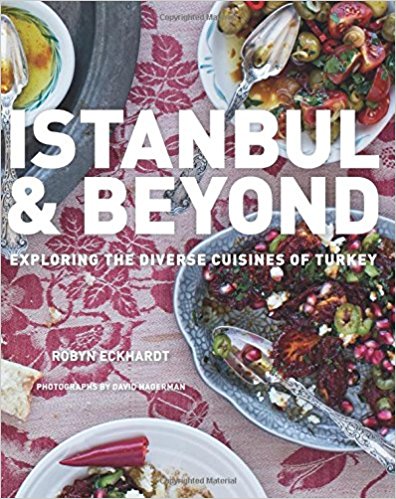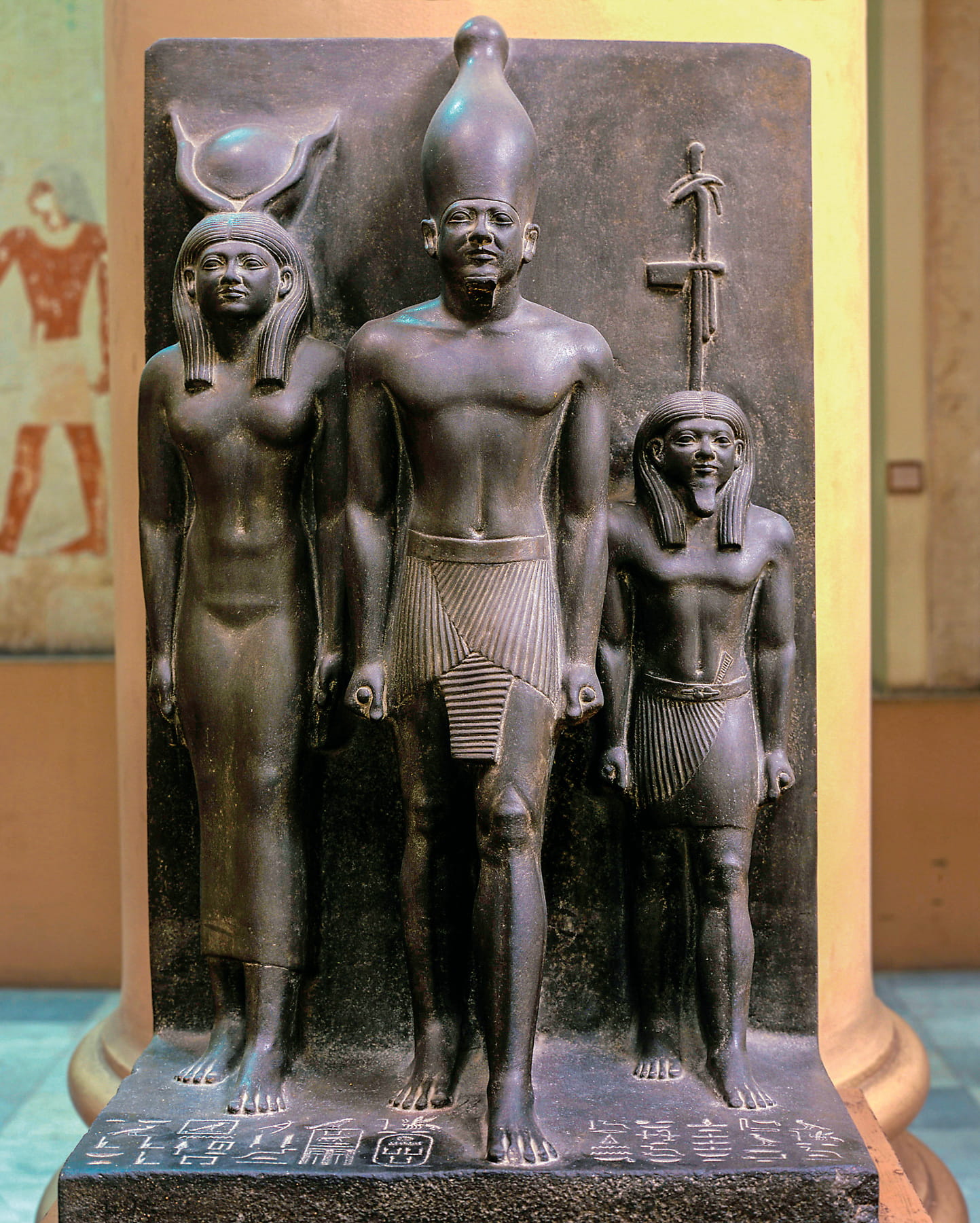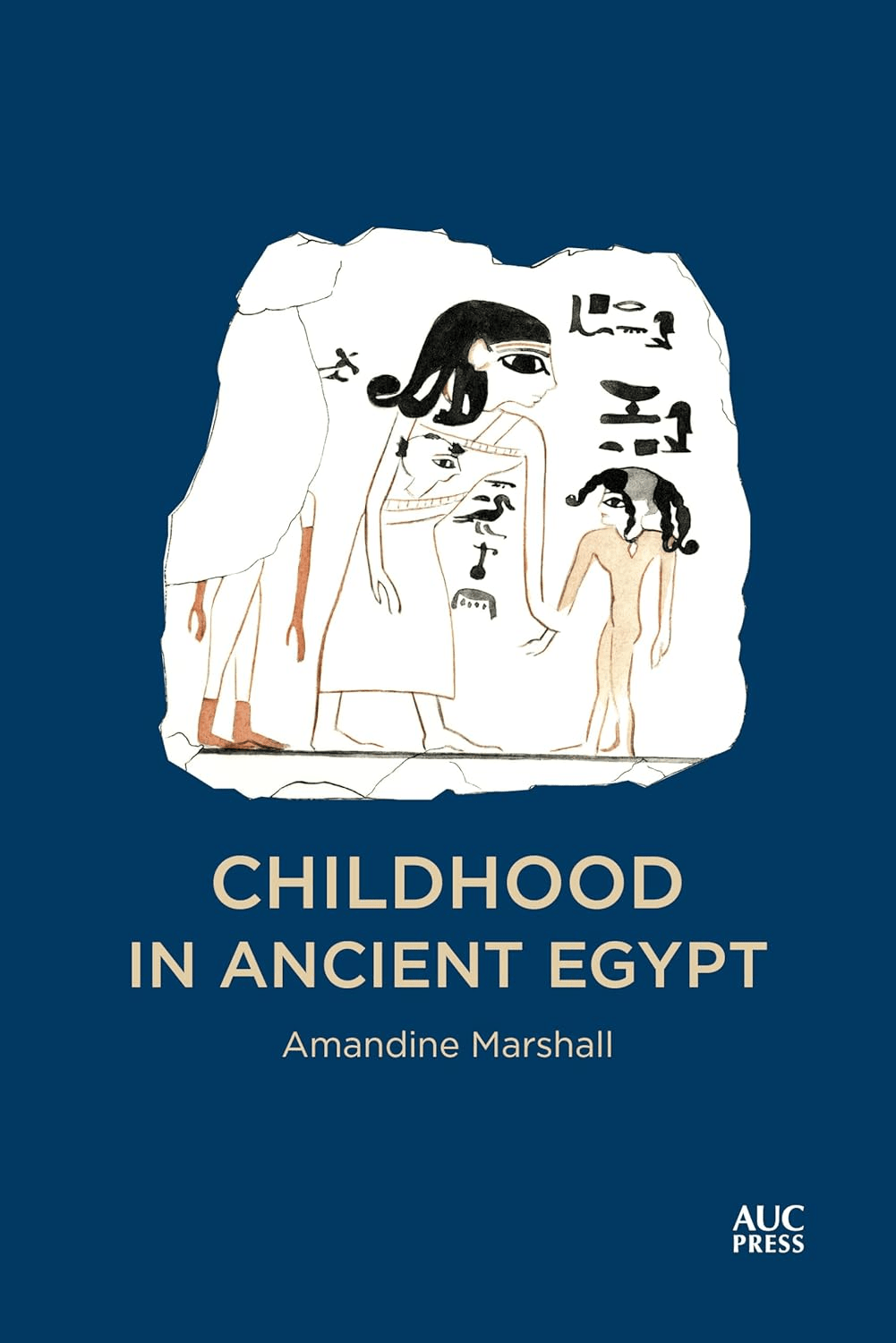
Istanbul & Beyond: Exploring the Diverse Cuisines of Turkey
Tom Verde
Robyn Eckhardt
2017, Houghton Mifflin Harcourt, 978-0-54444-431-7, $35 hb.
This is a book for those who mistakenly believe that Turkish cuisine is “largely confined to kebabs ... salads, and baklava,” writes Eckhardt. Because Turkey borders multiple countries, from Bulgaria to Iraq, it follows that its cuisine is not singular. Rather, it has been impacted by “an array of culinary regions that make it one of the most gastronomically complex countries anywhere.” Istanbul itself, we discover, “boasts iterations of dishes” imported by various subjects of the Ottoman Empire: “Greeks, Albanians, Caucasians, Russians, Sephardic Jews, and Armenians.” Look to Syrian spice bread, redolent with anise, ginger, fennel and nutmeg, from the ancient trading city of Mardin on the border with Syria and Iraq for some of that far-flung flavor. Or try turmeric-scented lamb and chickpea stew, served the Armenian way in earthenware mugs. Greek-style yogurt adds richness to corn and crème fraîche biscuits from “the high hills above Savsat, near Georgia,” served alongside blue cheese and cherry-tomato preserves. A bibliography and resources for tracking down less common ingredients are included.
You may also be interested in...

The Legacy of Egyptologist George Reisner—Our Book Review
When George Reisner died in 1942, he did so surrounded by ghosts—not just the pharaohs he’d unearthed but the stacks of unpublished notes that entombed his legacy.
Child's Play: Reconstructing Everyday Life of Youth in Ancient Egypt
Egyptologist Amandine Marshall observes how the depictions of children created by Ancient Egyptians seldom illustrated their actual lives.